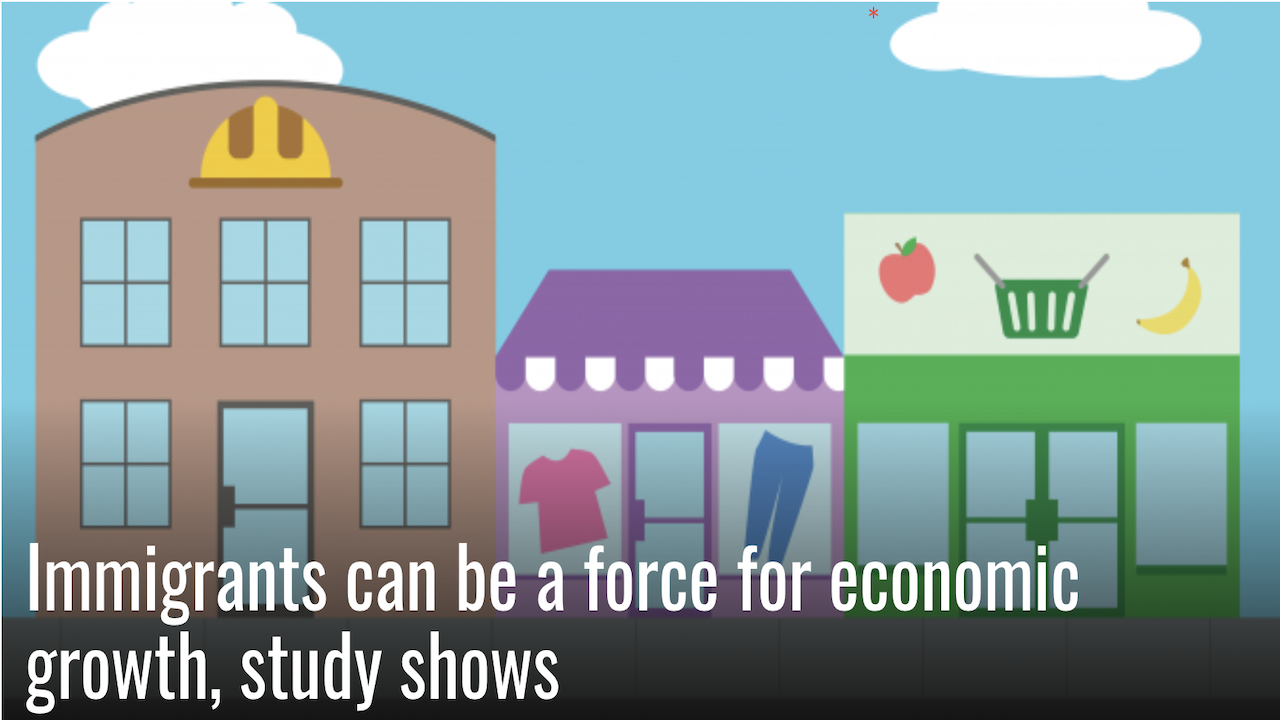
Immigrants can be a force for economic growth, study shows
By Simran Kalkat, The California Aggie
"Two Category 5 storms, Hurricanes Irma and Maria, made landfall on Puerto Rico in Sept. 2017—only two weeks apart. These storms caused massive property damage and killed nearly 3,000 on the island, which prompted over 120,000 Puerto Ricans to migrate to the mainland U.S., with most settling in Orlando, Fla. A study from UC Davis economists Giovanni Peri, Justin Wiltshire and Derek Rury examines the effects of a sudden inflow of Puerto Rican migrants on the labor market in Orlando.
Puerto Rican migration to the mainland U.S. had been low during the first half of the 20th century, but began to rise during the later half, forming communities in New York City, Philadelphia, Chicago and parts of Florida. The migrants who arrive in the U.S. are American citizens, so they have immediate access to the labor market and also arrive with fairly similar levels of education as the mainland U.S. workers.
Following Hurricanes Irma and Maria, the relocation of Puerto Rican migrants to the mainland presented a unique case study, mainly because their departure was due to an unexpected event and had little to do with the conditions in the local economy. Wiltshire, a Ph.D. candidate in economics and co-author of the study, explains how this sudden addition to the labor force, or “supply shock,” could be used to research the impacts of immigration in a new light, such as focusing on the demand-side of immigration.
“It’s important to remember that, even in the period just after they arrive, migrants buy things like clothes and gas and meals at restaurants—especially if they’re working and have income,” Wiltshire said. “That’s how we understand how economies work: people go to work to earn money so they can buy things, and this creates job opportunities at the businesses where they buy those things, which in turn might affect similar workers at other local businesses.”
The researchers used data from the U.S. Census Bureau, specifically the Quarterly Census of Employment and Wages (QCEW) and Quarterly Workforce Indicators (QWI), which provide coverage and breakdown of employment and earnings. They found that with the arrival of immigrants in Orlando, employment increased, especially in the construction and retail sector, and that there were positive labor market effects in the aggregate for non-Hispanic and less-educated workers."